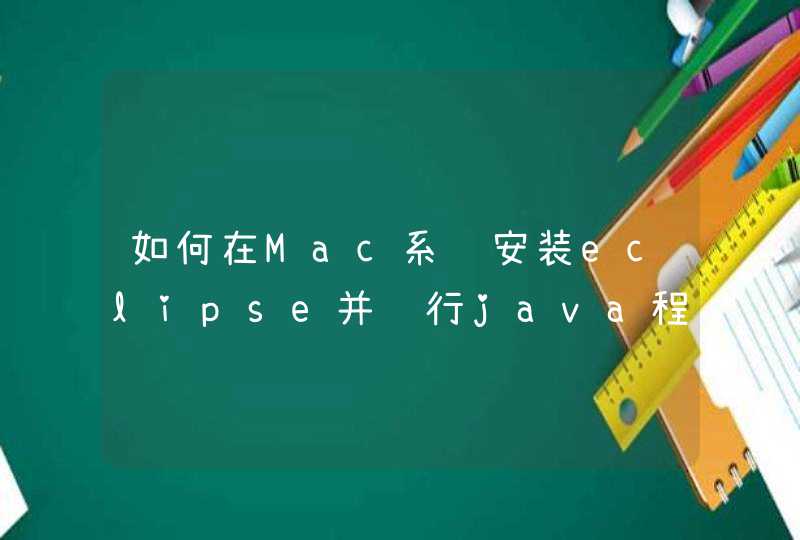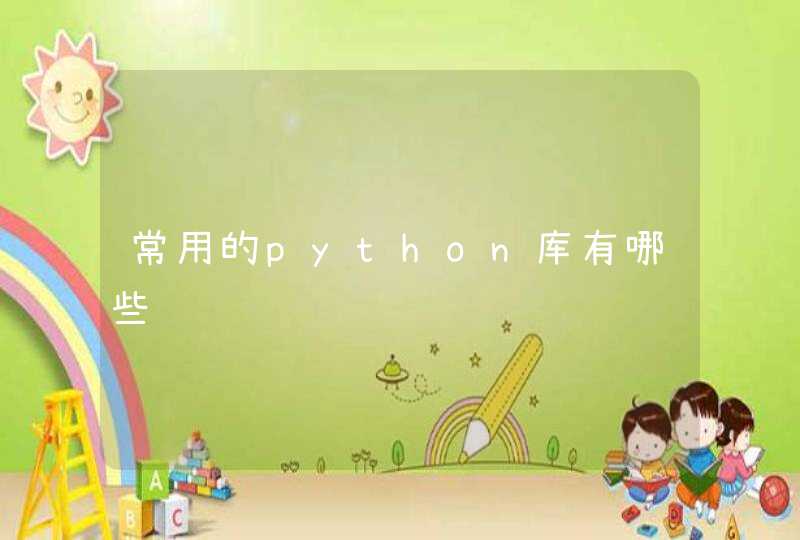
安装和设置Git
下载Git for
Windows,采用默认安装,安装完成后就可以在本地使用Git了。
但要将内容放到Github上,必须先在Github网站上注册个账户,然后在本机使用Git创建SSH Key。操作如下:
在Git Bash上输入命令:
ssh-keygen -C "[email protected]" -t rsa
Note: “[email protected]”需要更换成你在Github上注册的Email地址或者是Username
这样会在用户目录(C:\Users\用户名)下产生一个.ssh文件夹,里面为对应的SSH
Keys,其中id_rsa.pub是Github需要的SSH公钥文件。
到c:\Users\用户名\.ssh\目录找到id_rsa.pub(可能位置不一定对,但是确认是以.pub结尾的文件),并用记事本打开复制全部内容。
Note:建议私钥公钥的名称最好写成"id_rsa",这样连接Github的时候会找这个文件,如果文件名已定,之后改名也行。
在github网站选择“Account Settings”>>“SSH Public Keys”>>“Add another
public key”,将刚才复制的内容粘贴到key文本框内。
这样就可以直接使用Git和GitHub了。
Note:建议在Git Bash中输入“ssh -v [email protected]”测试能够正常连接github
安装Ruby环境
下载RubyInstaller和DevKit。
因为Octopress需要的Ruby版本为1.9.2,所以选rubyinstaller-1.9.2-p290.exe,DevKit-tdm-32-4.5.2-20111229-1559-sfx.exe。
先安装RubyInstaller,然后解压缩DevKit(路径中不能有中文)。
在“Start Command Prompt with Ruby”命令行中进入DevKit解压缩的目录,然后运行以下命令:
ruby dk.rb init
ruby dk.rb install
gem install rdiscount --platform=ruby
如果安装成功,就可以使用一些Ruby的工具了,也为后面搭建博客提供了基础环境。
安装Octopress
先通过Git从Github上克隆一份Octopress(在Git Bash上输入命令)
git clone git://github.com/imathis/octopress.git octopress
然后安装一些依赖的工具(后面都是在Start Command Prompt with Ruby中输入)
cd octopress
ruby --version # Should report Ruby 1.9.2
gem install bundler
bundle install
安装Octopress默认的Theme
rake install
配置Octopress
将octopress的文件夹下的_config.yml的编码改成UTF-8:
保存(或另存为)时选择编码格式为UTF-8
修改_config.yml,批改url、title、subtitle、author等等。
到Ruby的安装目次\lib\ruby\gems\1.9.1\gems\jekyll-0.11.2\lib\jekyll\找到convertible.rb这个文件,批改self.content
= File.read(File.join(base, name))为self.content = File.read(File.join(base,
name), :encoding =>"utf-8")。
写博文
最简单的方式:复制octopress\source\_posts下某个文件,例如2012-07-30-the-first-post.markdown,修改文件名和文件中的内容
或者,命令行中输入rake
new_post["title"],会创建一个新的Post,新文件在source/_post下,文件名如下面的格式:2012-07-31-title.markdown。该文件可以直接打开修改。
写文章时,可以使用Markdown和Octopress
Plugins等工具对内容进行格式排版。
预览效果
在修改设置或者写完文章后,想看看具体效果,可以通过如下命令来完成:
rake generate
rake preview
将博客部署到Github上
在预览的效果符合自己的预期后,就可以通过如下命令将内容部署到Github上了。
如果是第一次部署,需要在Github上创建一个username.github.com的repository
在github网站选择“Create a New Repo”,如图
填写对应的内容即可
note:Repository
name填写username.github.com,username一定要和github的username一致,建好的博客代表的是你这个github账户的主页即page
配置octopress与github的连接:
进入Octopress目录:
rake setup_github_pages
按照提示填入你的github项目网址,比如:
[email protected]:Username/yourname.github.com.git
note:可以按照上面的修改,也可以在github的项目页中找地址
分发到github上:
rake deploy
第一次运行时,会询问是否建立对github的授权,输入:yes。然后将站点更新的内容推送到github上。
补充一点:
最后的但并不是最重要的,我们需要将修改的日志同步到github上,因此下面的3个命令也是必须的。
git status
git add .
git commit -m 'your message'
git push origin source
大功告成!
From the ActiveRecord::Base documentation:create(attributes = nil) {|object| ...}
Creates an object (or multiple objects) and saves it to the database, if
validations pass. The resulting object is returned whether the object
was saved successfully to the database or not.
new(attributes = nil) {|self if block_given?| ...}
New objects can be instantiated as either empty (pass no construction
parameter) or pre-set with attributes but not yet saved (pass a hash
with key names matching the associated table column names). In both
instances, valid attribute keys are determined by
the column names of the associated table — hence you can‘t have
attributes that aren‘t part of the table columns.
So create instantiates
the new object, validates it, and then saves it to the database. And new only
creates the local object but does not attempt to validate or save it to the DB.
create = "new object" + ”validates“ + ”save to db“
new = “new object”
在create的内部方法中,先调用new ,再调用save:new + save = create
def create(attributes = nil, options = {}, &block)
if attributes.is_a?(Array)
attributes.collect { |attr| create(attr, options, &block) }
else
object = new(attributes, options, &block)
object.save
object
end
end
在Ruby中,有多种方法可以实现方法的动态调用。1.
使用send方法
第一种实现动态方法调用是使用send方法,send方法在Object类中定义,方法的第一个参数是一个符号用来表示所要调用的方法,后面则是所调用方法需要的参数。
“This
is
a
dog1″.send(:length)
=>
14
上面的代码中通过send方法去对一个字符串执行length操作,返回字符串的长度。
class
TestClass
def
hello(*args)
”Hello
”
+
args.join(‘
‘)
end
end
a
=
TestClass.new
puts
a.send
:hello,
“This”,
“is”,
“a”,
“dog!”
执行结果为:
Hello
This
is
a
dog!
2.
使用Method类和UnboundMethod类
另一种实现动态方法调用是使用Object类的method方法,这个方法返回一个Method类的对象。我们可以使用call方法来执行方法调用。
test1
=
“This
is
a
dog1″.method(:length)
test1.call
=>
14
class
Test
def
initialize(var)
@var
=
var
end
def
hello()
”Hello,
@var
=
#{@var}”
end
end
k
=
Test.new(10)
m
=
k.method(:hello)
m.call
#=>
“Hello,
@iv
=
99″
l
=
Test.new(‘Grant’)
m
=
l.method(“hello”)
m.call
#=>
“Hello,
@iv
=
Fred”
可以在使用对象的任何地方使用method对象,当调用call方法时,参数所指明的方法会被执行,这种行为有些像C语言中的函数指针。你也可以把method对象作为一个迭代器使用。
def
square(a)
a*a
end
mObj
=
method(:square)
[1,
2,
3,
4].collect(&mObj)
=>
[1
4
9
16]
Method对象都是和某一特定对象绑定的,也就是说你需要通过某一对象使用Method对象。你也可以通过UnboundMethod类创建对象,然后再把它绑定到某个具体的对象中。如果UnboundMethod对象调用时尚未绑定,则会引发异常。
class
Double
def
get_value
2
*
@side
end
def
initialize(side)
@side
=
side
end
end
a
=
Double.instance_method(:get_value)
#返回一个UnboundMethod对象
s
=
Double.new(50)
b
=
a.bind(s)
puts
b.call
执行结果为:
100
看下面一个更具体的例子:
class
CommandInterpreter
def
do_2()
“This
is
2
”
end
def
do_1()
“This
is
1
”
end
def
do_4()
“This
is
4
”
end
def
do_3()
“This
is
3
”
end
Dispatcher
=
{
?2
=>
instance_method(:do_2),
?1
=>
instance_method(:do_1),
?4
=>
instance_method(:do_4),
?3
=>
instance_method(:do_3)
}
def
interpret(string)
string.each_byte
{|i|
Dispatcher[i].bind(self).call
}
end
end
interpreter
=
CommandInterpreter.new
interpreter.interpret(’1234′)
执行结果为:
This
is
1
This
is
2
This
is
3
This
is
4
3.
使用eval方法
我们还可以使用eval方法实现方法动态调用。eval方法在Kernel模块中定义,有多种变体如class_eval,module_eval,instance_eval等。Eval方法将分析其后的字符串参数并把这个字符串参数作为Ruby代码执行。
str
=
“Hello”
eval
“str
+
‘
World!’”
=>
Hello
World!
sentence
=
%q{“This
is
a
test!”.length}
eval
sentence
=>
15
当我们在使用eval方法时,我们可以通过eval方法的第二个参数指明eval所运行代码的上下文环境,这个参数可以是Binding类对象或Proc类对象。Binding类封装了代码在某一环境运行的上下文,可以供以后使用。
class
BindingTest
def
initialize(n)
@value
=
n
end
def
getBinding
return
binding()
#使用Kernel#binding方法返回一个Binding对象
end
end
obj1
=
BindingTest.new(10)
binding1
=
obj1.getBinding
obj2
=
BindingTest.new(“Binding
Test”)
binding2
=
obj2.getBinding
puts
eval(“@value”,
binding1)
#=>
10
puts
eval(“@value”,
binding2)
#=>
Binding
Test
puts
eval(“@value”)
#=>
nil
可以看到上述代码中,@value在binding1所指明的上下文环境中值为10,在binding2所指明的上下文环境中值为Binding
Test。当eval方法不提供binding参数时,在当前上下文环境中@value并未定义,值为nil。















































![[编程工具]Git 的 Go 语言实现 go-git](/aiimages/%5B%E7%BC%96%E7%A8%8B%E5%B7%A5%E5%85%B7%5DGit+%E7%9A%84+Go+%E8%AF%AD%E8%A8%80%E5%AE%9E%E7%8E%B0+go-git.png)





















